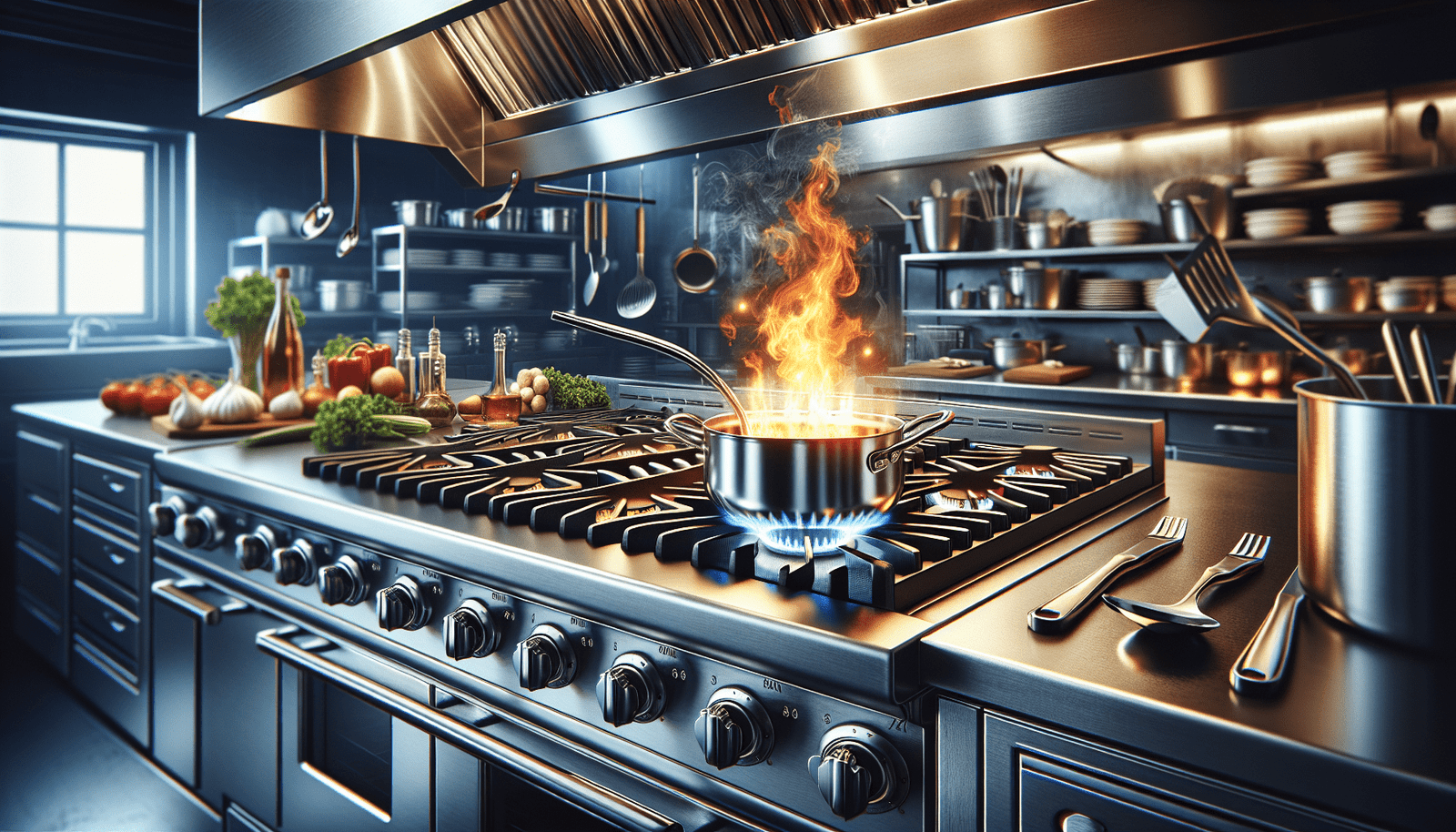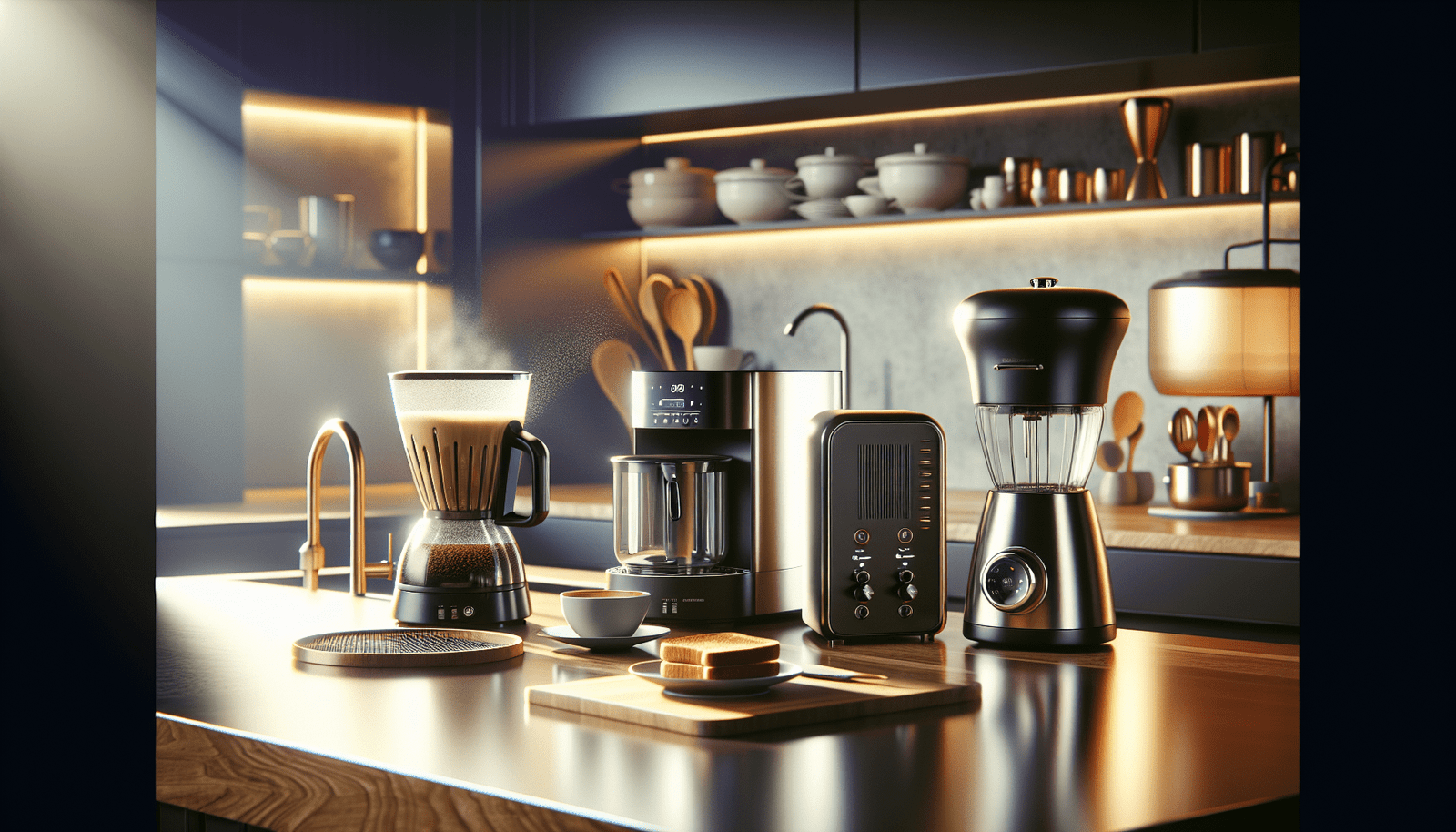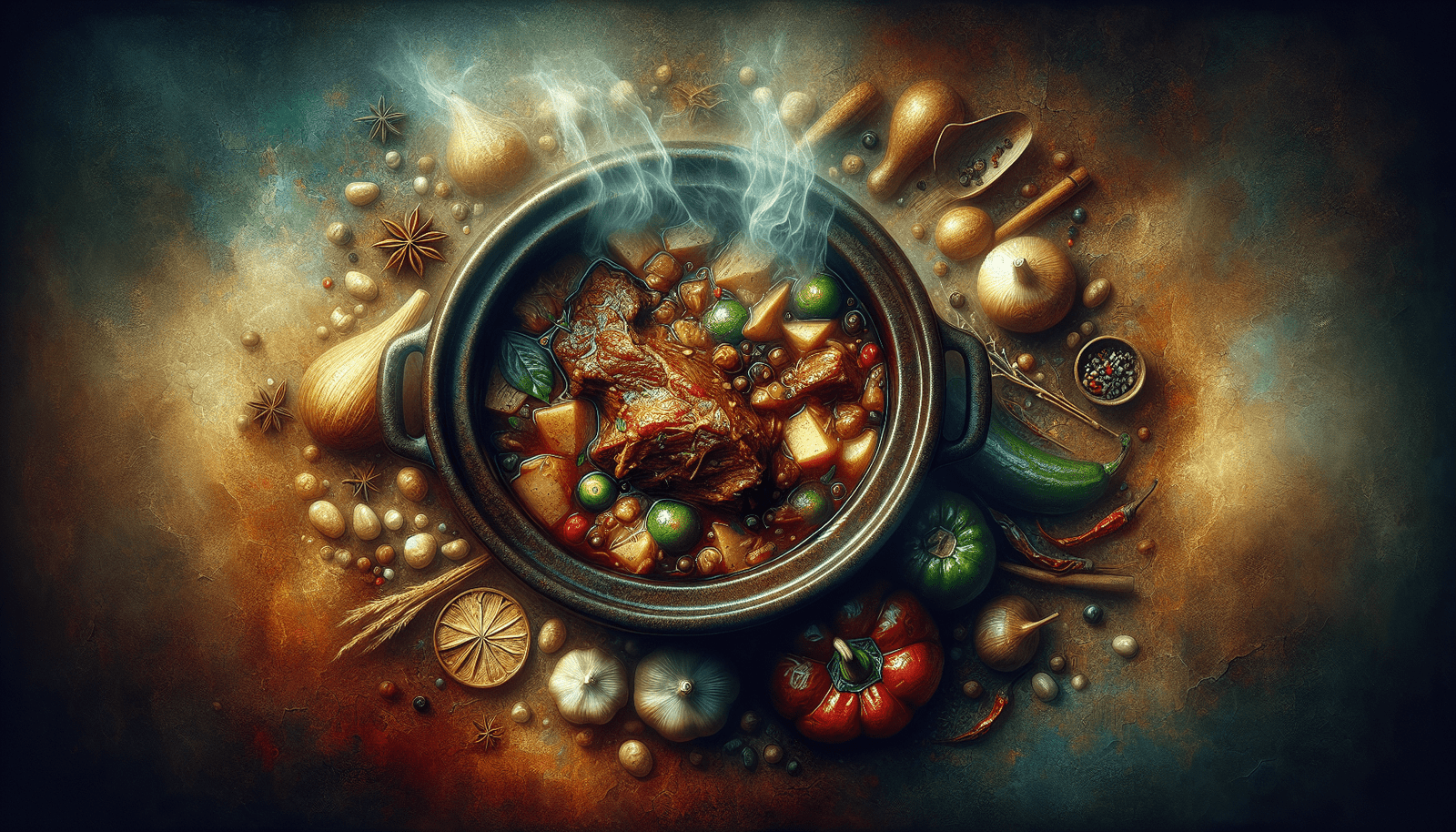In the heart of every bustling kitchen, be it a snug home setup or a sprawling commercial panorama, lies the cornerstone of culinary innovation—a kitchen range. Venturing into the realm of commercial kitchen ranges with Cooking Appliance World offers a unique opportunity to elevate your culinary endeavours, blending tradition with cutting-edge technology. Here, amid an exhaustive collection that promises and delivers unparalleled quality, you’ll discover ranges that cater perfectly to your cooking style and operational demands. Let Cooking Appliance World guide you through a handpicked selection of the finest appliances, where expert reviews, exclusive deals, and a steadfast commitment to enriching your cooking experience await to transform your kitchen into a bastion of efficiency, creativity, and joy.
Types of Commercial Kitchen Ranges
Choosing the right type of commercial kitchen range can significantly influence the efficiency, functionality, and even creativity in your professional cooking space. Let’s explore the various options available, understanding their differences, and determining which might best suit your operational needs.
Gas vs. Electric: Understanding the Differences
You might wonder whether to go for a gas or electric range. Gas ranges offer instant heat adjustment and are preferred for their fine control over cooking temperatures—ideal for chefs who rely on quick heat changes. Electric ranges, on the other hand, provide consistent and even heat distribution, perfect for baking and when precision is key. Your choice might also depend on the utility availability and operational costs in your area.
Heavy-Duty vs. Restaurant Ranges
Heavy-duty ranges are built for high-volume cooking, boasting more durable construction and often higher BTU ratings to handle continuous use. In contrast, restaurant ranges, while still commercial-grade, are designed for lighter use and might not withstand the relentless demands of a bustling enterprise. Assessing your kitchen’s output volume will guide you towards the right type.
The Rise of Induction Cooking in Commercial Settings
Induction cooking, known for its efficiency and precision, is gaining popularity in commercial kitchens. These ranges use electromagnetic energy to heat pots and pans directly, offering rapid heat-up times and precise temperature control, plus they’re energy-efficient and cool to the touch, enhancing kitchen safety.
Configurations: Standard, Island Suites, and Modular Units
Configurations matter greatly in a commercial kitchen. Standard ranges are versatile and widely used, fitting into most kitchen layouts. Island suites, serving as a central cooking station, are suited for kitchens with ample space, promoting workflow efficiency. Modular units offer the utmost flexibility, allowing pieces to be added or rearranged based on changing needs and menus.
Key Features to Consider
When investing in a commercial kitchen range, several features must be weighed to ensure the appliance meets your culinary needs and operational efficiency goals.
BTU Ratings and Their Importance
The BTU (British Thermal Unit) rating indicates the energy output and determines how quickly and efficiently a range can heat food. Higher BTU ratings typically mean more power, essential for boiling large pots of water rapidly or searing meat to perfection. However, higher BTUs also mean higher energy consumption.
Size and Capacity for Commercial Needs
Size and capacity are vital to accommodate the volume of cooking your establishment demands. Consider the number of burners, oven space, and whether you’ll benefit from additional features like a griddle or grill section to efficiently manage your kitchen’s workload.
Oven Combinations and Versatility
Some ranges come with oven combinations, offering both convection and conventional ovens, aimed at enhancing cooking flexibility. Convection ovens are excellent for evenly cooked dishes, while conventional ovens might suit certain baking or roasting preferences better.
Griddle and Grill Options
Ranges with integrated griddles or grills can expand your menu offerings without requiring separate equipment. These are perfect for kitchens with limited space but a need to diversify their cooking methods.
Energy Efficiency and Environmental Impact
Energy efficiency isn’t just about reducing operational costs; it’s also about your establishment’s environmental footprint. Modern ranges come with energy-efficient features and certifications, aiding in sustainability efforts.

Safety and Compliance
Safety and compliance are non-negotiable in the commercial kitchen setting, with regulations often dictating certain design and operational considerations.
Navigating Commercial Kitchen Codes and Regulations
Familiarizing yourself with local health codes, fire regulations, and safety standards is crucial to ensure your kitchen meets all legal requirements, preventing costly violations.
Ventilation Requirements
Proper kitchen ventilation isn’t merely a code requirement; it’s essential for maintaining air quality and removing excess heat and odors. Ensure your range aligns with the ventilation capabilities of your kitchen.
Fire Suppression Systems
Integrated fire suppression systems are a safety feature that can’t be overlooked. These systems are designed to detect and extinguish fires quickly, safeguarding against potential disasters.
Cleaning and Maintenance for Safety
Regular cleaning and maintenance are not only vital for safety, avoiding grease buildup and potential fire hazards but also for the longevity and performance of your range. Implementing a strict cleaning schedule is imperative.
Technology and Innovation
The landscape of commercial kitchen ranges is continually evolving, with technology playing a significant role in enhancing cooking efficiency and convenience.
Smart Ranges and Connectivity
Smart ranges offer remote monitoring and control features, providing updates on cooking status, energy consumption, and even maintenance needs—perfect for busy chefs and kitchen managers seeking to streamline operations.
Automated Features for Efficiency
Automation in commercial ranges can significantly enhance kitchen efficiency. Features like automatic temperature adjustment and timer settings can free up staff to focus on other tasks, improving kitchen productivity.
Advanced Temperature Control Techniques
Precision in temperature control is crucial for culinary success. Innovations in temperature sensing and adjustments ensure dishes are cooked perfectly every time, minimizing waste and ensuring customer satisfaction.

Top Commercial Range Brands
Choosing a reputable brand can impact the reliability, functionality, and service life of your commercial range. Let’s highlight some key considerations when comparing brands.
Comparing Market Leaders
Exploring the offerings from market leaders gives insight into the latest innovations and reliability standards. Brands like Vulcan, Blodgett, and Garland are known for their quality, but comparing specific models is essential for finding the perfect fit.
Warranty and Support Services
A robust warranty and responsive support services can alleviate potential downtime and repair issues. Prioritizing brands that offer comprehensive warranties and accessible technical support is wise.
Brand Reputation and Reliability
Reputation and reliability often go hand-in-hand. Seeking out brands with proven track records, positive customer reviews, and recommendations from industry peers can guide you toward making an informed decision.
Installation Considerations
Proper installation is critical to ensure safety, compliance, and optimal operation of your commercial range.
Professional Installation vs. DIY
Given the complexities and safety implications, opting for professional installation by certified technicians is strongly recommended over DIY. This ensures that all connections, whether gas, electric, or ventilation, meet industry standards and regulations.
Utility Requirements: Gas, Electric, and Ventilation
Understanding the utility requirements of your chosen range is crucial. This includes ensuring your kitchen is equipped with the appropriate gas lines, electrical output, and ventilation system capacity to support the new equipment.
Space Planning in Commercial Kitchens
Efficient space planning impacts workflow, safety, and overall kitchen performance. Ensuring there is enough space for your range, considering its size and the necessary clearance for operation and ventilation, is fundamental.
Maintenance and Cleaning
To maximize the lifespan and functionality of your commercial range, ongoing maintenance and cleaning are necessary.
Routine Cleaning Practices
Establishing routine cleaning practices not only extends the life of your range but also maintains its efficiency and safety. This includes daily cleaning of the exterior and burners, as well as regular deep cleans.
Dealing with Common Maintenance Issues
Familiarizing yourself with common maintenance issues and how to address them can prevent prolonged downtime. Regular checks and servicing can identify issues like clogged burners or malfunctioning oven doors early.
Importance of Regular Service Checks
Scheduled service checks by professionals can ensure your range operates at peak efficiency and complies with safety standards. These checks can catch potential problems before they lead to major repairs or safety hazards.
Cost and Budgeting
Investing in a commercial range involves initial and ongoing costs, which should be carefully considered.
Understanding the Total Cost of Ownership
The total cost of ownership includes the purchase price, installation costs, energy consumption, maintenance, and eventual replacement. Evaluating these factors will help budget for your range more accurately.
Budgeting for Initial Purchase and Installation
Setting aside adequate budget for both the purchase and professional installation of your range is vital. Cutting corners on installation can lead to increased costs down the line through repairs or non-compliance with regulations.
Long-Term Operating Costs
Energy efficiency, routine maintenance, and durability play significant roles in the long-term operating costs of your commercial range. Opting for a more efficient, albeit more expensive model, can result in savings over time.
Case Studies: Success Stories and Learnings
Examining real-world applications of commercial ranges offers valuable insights into their benefits and potential pitfalls.
Real-World Applications and Benefits
Success stories from various establishments can showcase how the right range has transformed their operations, improved efficiency, or expanded their culinary offerings.
Lessons Learned from Commercial Range Failures
Conversely, learning from others’ experiences with range failures can guide you in what to avoid and emphasize the importance of factors like maintenance and proper installation.
Adapting to Changing Culinary Trends
Case studies can also illustrate how kitchens have adapted their equipment, including ranges, to keep up with changing culinary trends, harnessing new technologies to stay competitive.
Future Trends in Commercial Cooking Ranges
Looking ahead, several trends are set to shape the future of commercial cooking ranges.
Emerging Technologies to Watch
Innovations in smart technology, energy efficiency, and cooking precision are likely to dominate future commercial range developments, offering even greater control and efficiency for chefs.
Shifts in Commercial Kitchen Design
As kitchens evolve to meet changing operational and ecological standards, the commercial ranges of the future will need to be more versatile, efficient, and environmentally friendly than ever before.
Sustainability and Green Cooking Initiatives
The move towards sustainability is influencing all areas of commercial cooking, with ranges that consume less energy and resources leading the way. This not only reduces operational costs but also appeals to the growing consumer demand for environmentally responsible dining options.
By understanding the types, features, and considerations associated with commercial kitchen ranges, you can make an informed decision that aligns with your culinary needs, operational goals, and budgetary constraints.


